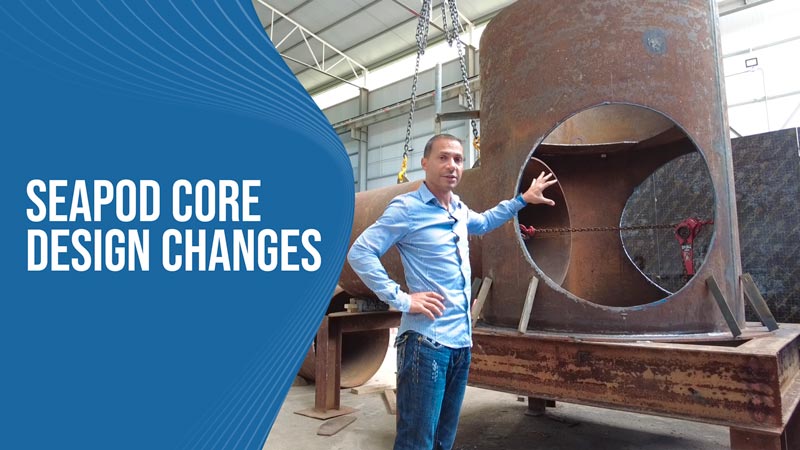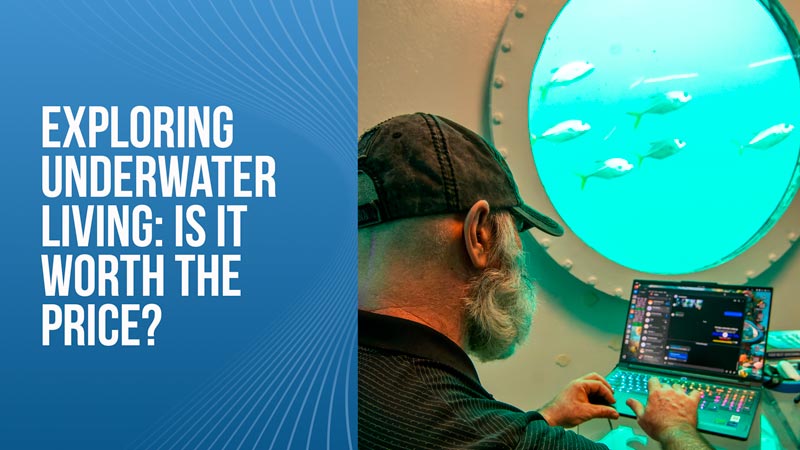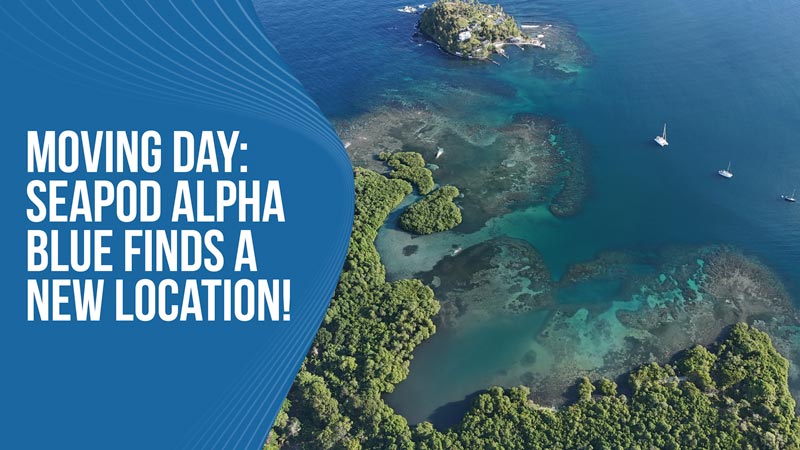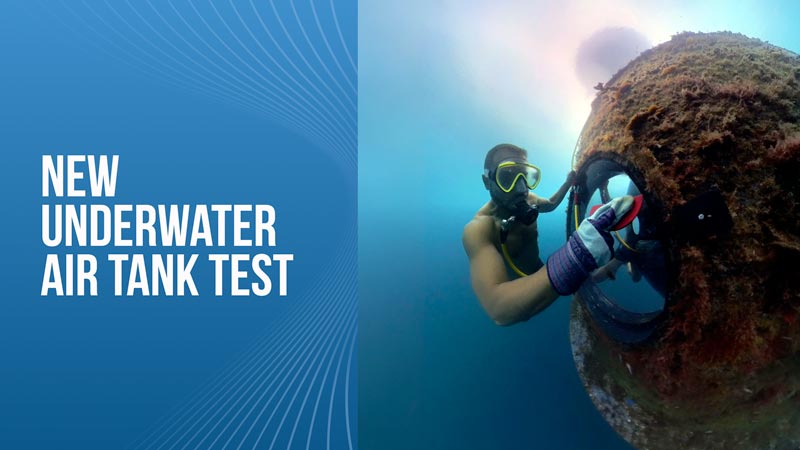
We are back at the factory with Grant for an update on a change that we have made to the design of the SeaPod core. The TriPod model has three outriggers, or side-spars, that extend from the center core to create the base. At the end of each of these outriggers are large ballast tanks which will be used to help keep the SeaPod floating properly.
The outriggers were originally designed to be 12 meters long. We had to do the calculations to determine the correct diameter that we needed the steel tubes to be to give us the proper buoyancy in the water. We have now decided to switch from a 12-meter spar to a 10-meter spar.
Since the new outriggers are two meters shorter than what was originally designed and calculated for, we had to move to a steel tube with a wider diameter to achieve the same buoyancy that we had with the longer sections. We have basically made the outrigger a little shorter so we had to make them a little fatter so that they will float the same as the longer ones.
Another change that we have to make is to make the receiving holes larger. The center column of the core has a hole cut for each outrigger and since the new ones are a little wider, we have to adjust the template that we use to cut the holes. The process of attaching the outriggers remains the same, they are just a bit shorter and wider.
After the first three outrigger sections are welded in place, the entire piece will go through the process of sandblasting before receiving a coat of epoxy paint which will seal everything up and prevent surface rust and most importantly, structural corrosion.
This is a fairly big design update but it doesn’t change the building process or the function of the SeaPod, all the same, we wanted to keep everyone up to date on the ways that the SeaPod is evolving and growing as we work through these processes.



